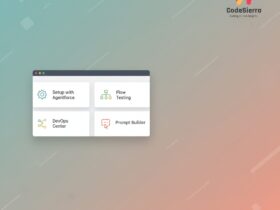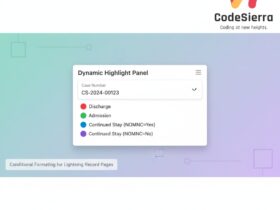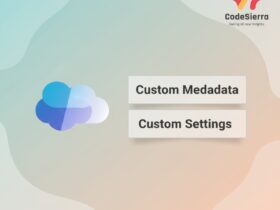A concise guide covering the top 20 Salesforce Data Cloud interview questions and clear, practical answers for admins — identity resolution, data streams, DMOs, activation, privacy, and more.
Salesforce Data Cloud (formerly Customer Data Platform) is increasingly central to teams that need a real-time, unified customer view across Sales, Service, and Marketing. This draft summarizes the most common interview questions for admins and expands on the core components, best practices, and real-world use cases.
Why Data Cloud matters
Data Cloud enables organizations to ingest, unify, and activate customer data from diverse sources in real time. For admins, understanding Data Cloud means being able to support identity resolution, segmentation, consent management, and activation to downstream channels like Marketing Cloud and external analytics platforms.
Main components (quick overview)
- Data Ingestion: Real-time and batch connectors for CRM, apps, databases, cloud platforms, and more.
- Data Model Objects (DMOs): Standardized schema objects (Individual, Contact Point, Transaction) and support for custom DMOs.
- Identity Resolution: Deterministic and probabilistic matching to create a Golden Record (Unified Individual).
- Segmentation & Activation: Dynamic segments, calculated insights, and cross-channel activation.
- Data Lake & DLOs: Raw data storage for large-scale analytics and machine learning.
- Privacy & Consent: Built-in controls to help meet GDPR, CCPA, DPDP, and other regulations.
Top interview topics covered (high-level)
- What Data Cloud is vs traditional Salesforce CRM
- How Data Streams work and refresh cadence
- Identity Resolution and duplicate handling
- Data Model Objects (DMOs) and Data Lake Objects (DLOs)
- Calculated Insights vs formula fields
- Ingestion APIs and activation to external platforms (AWS, Snowflake)
- Consent, privacy, and access control best practices
- Difference between real-time vs batch ingestion and use cases
Practical tips for admins
- Start with a clear identity strategy: define identity keys and source priority before onboarding large datasets.
- Map sources to DMOs early: this simplifies segmentation and downstream activation.
- Use DLOs for raw data archiving and to enable ML workflows without blocking ingestion.
- Monitor streams and set SLAs for data freshness; implement alerting on ingestion failures.
- Design segmentation with calculated insights that can be reused across campaigns — keep calculations efficient for scale.
- Document consent sources and map legal basis to attributes to stay compliant across regions.
Common interview Q&A themes (summary)
The original article provides 20 Q&As; key answers admins should internalize include:
- Definition and purpose of Data Cloud vs CRM
- The role of DMOs and how to create custom DMOs
- What identity resolution achieves and techniques used (matching rules, keys, prioritization)
- How Data Streams and Ingestion APIs operate
- When to use Calculated Insights over CRM formula fields
- How to activate audiences to Marketing Cloud or external clouds
- Privacy, metadata, and access control basics
Sample preparation checklist for interviews
- Be ready to explain the architecture: ingestion -> identity -> DMO -> segmentation -> activation.
- Have a brief example: e.g., ingest web events + CRM sales data, resolve identities, create a VIP segment, activate to Ad platform.
- Know a few troubleshooting steps: checking stream logs, re-running ingest, updating mapping, adjusting matching thresholds.
Conclusion — Why this matters for Salesforce teams
For Salesforce admins and developers, mastering Data Cloud concepts unlocks the ability to deliver timely personalization, accurate reporting, and seamless activation across channels. Business users benefit from cleaner data and better customer experiences, while architects can design systems that scale and stay compliant.
If you want, we can convert the full 20 Q&A list into a downloadable cheat-sheet or interview flashcards for quick practice.










Leave a Reply